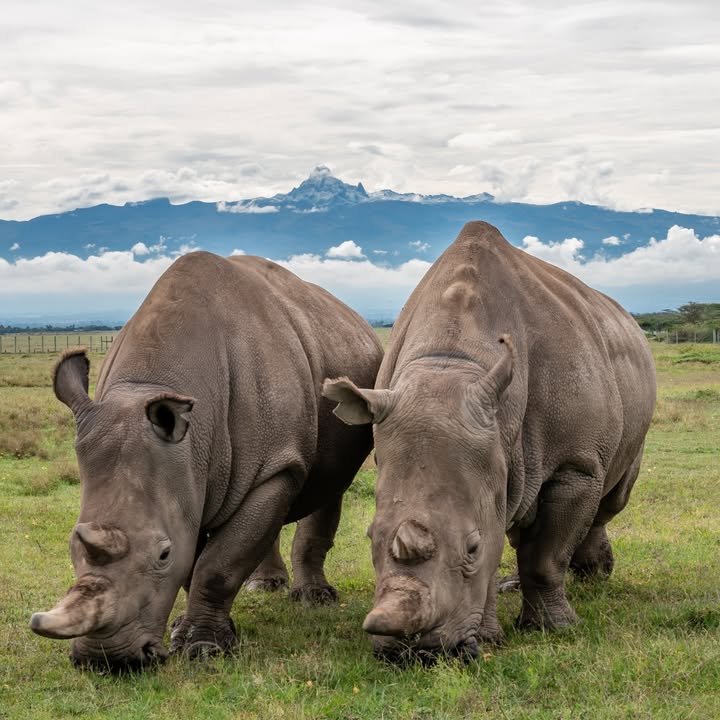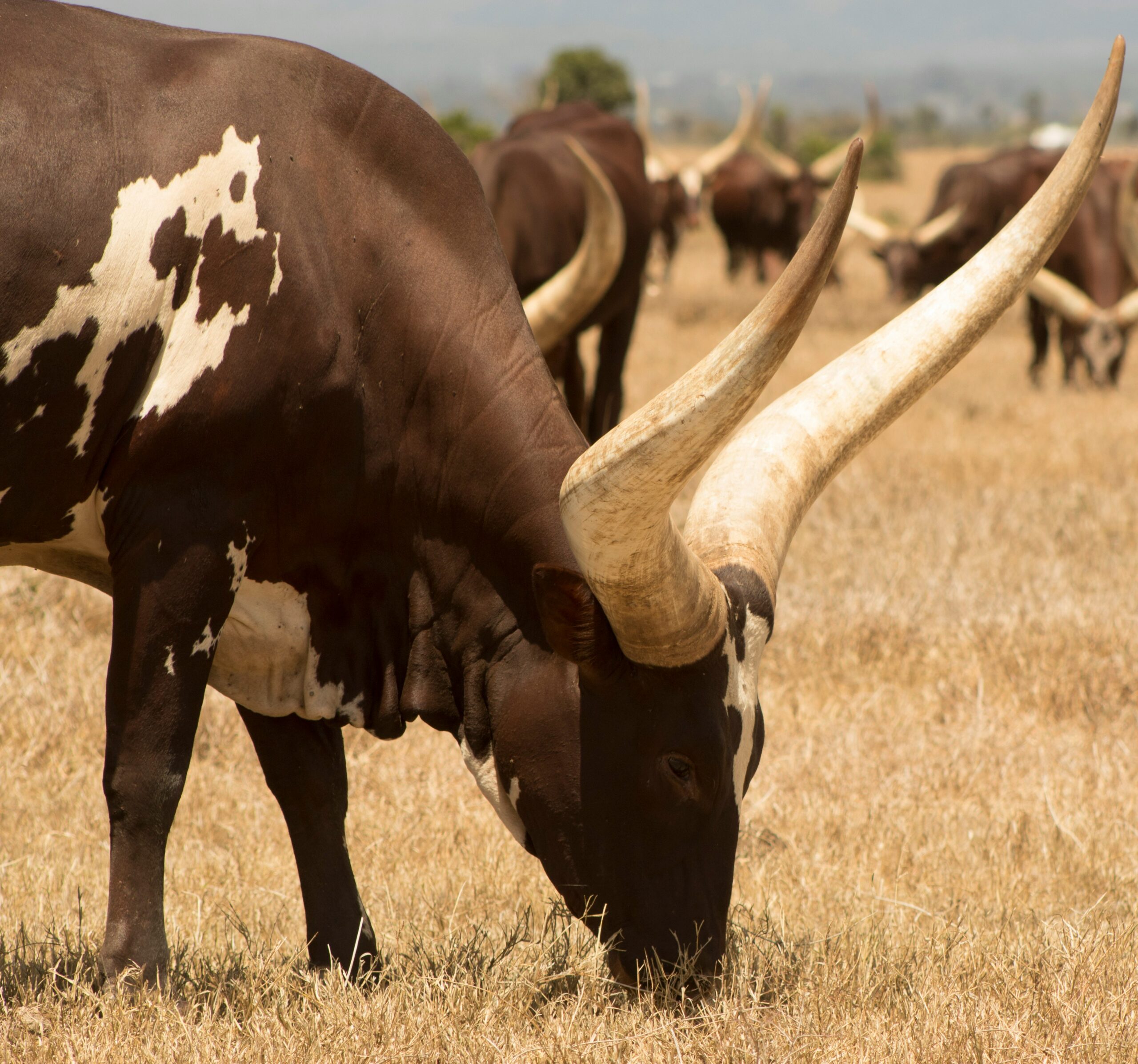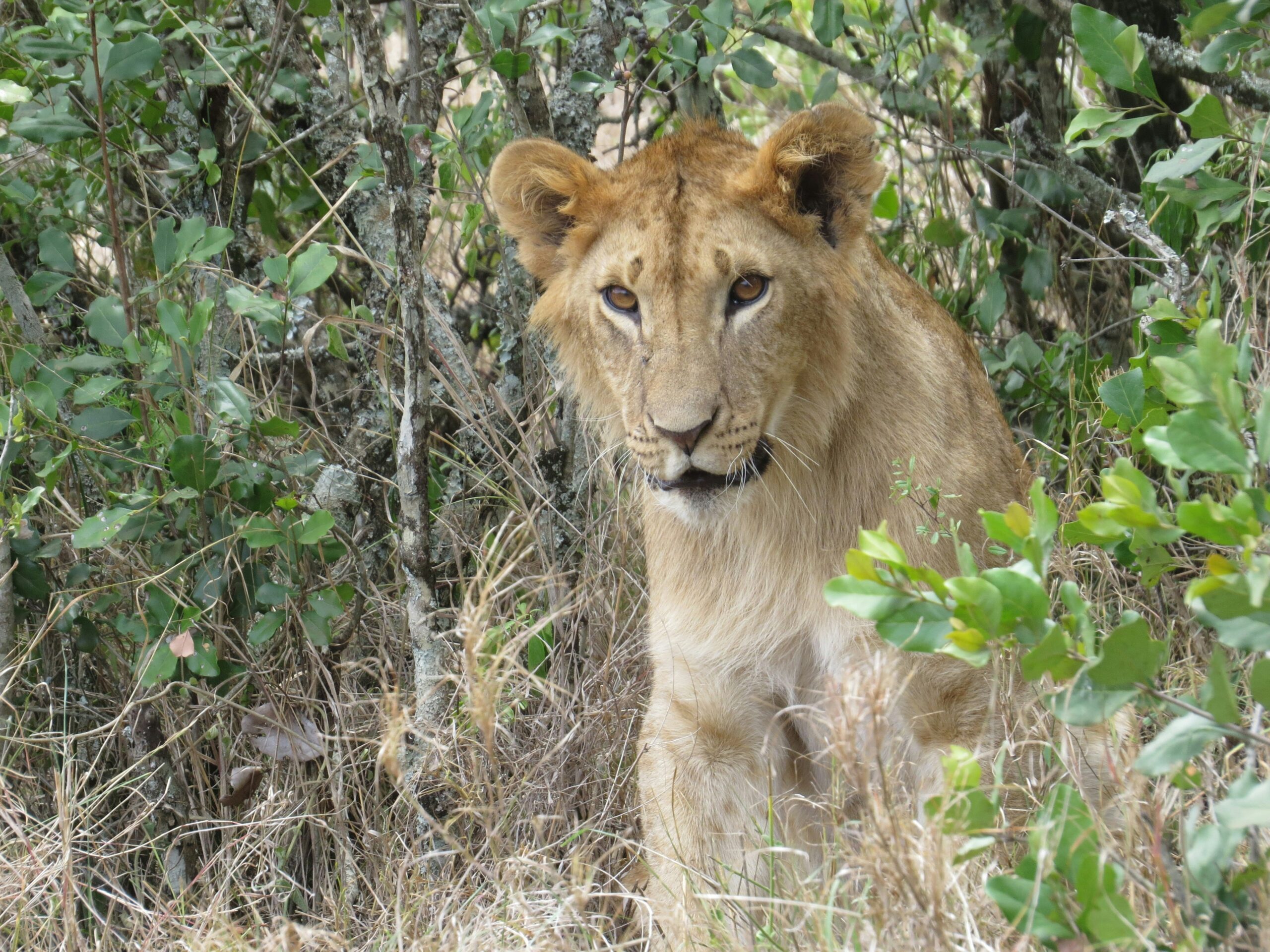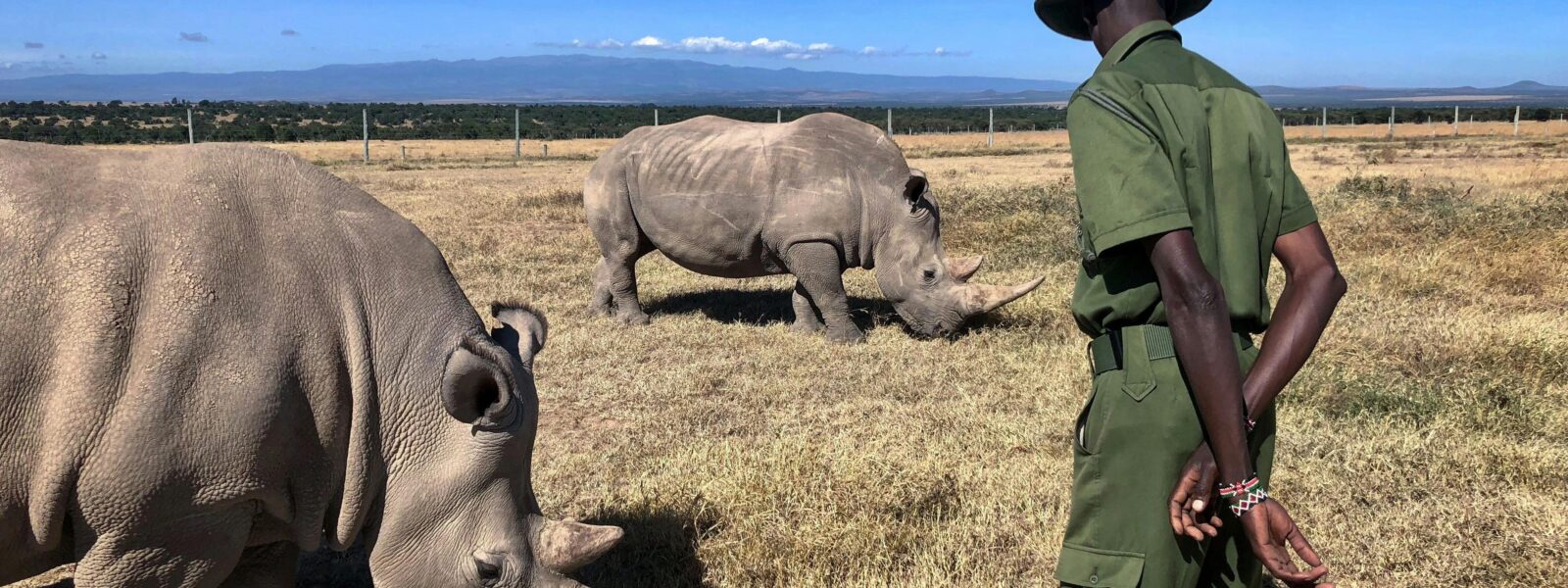Nestled between the town of Nanyuki, Aberdare Ranges and the slopes of Mount Kenya, Ol Pejeta Conservancy spans 360 km² of breathtaking wilderness. Ol Pejeta is East Africa’s largest black rhino sanctuary a beacon of hope for endangered species and a model of sustainable conservation.
Once a humble cattle ranch founded in 1940 Ol Pejeta transformed in response to growing threats from poaching and habitat destruction, this gave rise to one of the continent’s most successful conservation stories. Today the conservancy is home to over 100 black rhinos and holds the profound honour of being the final refuge for the world’s last two northern white rhinos Fatu and Najin, as a non-profit organization Ol Pejeta tirelessly protects wildlife empowers communities and redefines what it means to live in harmony with the wild.
Ol Pejeta’s Innovative strategies for wildlife protection

Technological Strategies
Ol Pejeta Conservancy has embraced technology to enhance wildlife protection and conservation
AI-Powered Monitoring Systems
Ol Pejeta uses artificial intelligence to analyse data from camera traps and sensors placed throughout the conservancy. These AI systems can automatically identify different animal species detect human intrusions and alert rangers in real-time allowing for faster response to potential threats.
Drone Surveillance
Drones are deployed to monitor remote areas, track animal movements and detect suspicious activity. This aerial surveillance provides a broader safer view and helps reduce the need for foot patrols in dangerous terrain.
Radio and Communication Technology
Ol Pejeta has invested in dedicated radio stations and communication networks that allow rangers to coordinate efforts quickly and efficiently.
Anti-Poaching and Security Measures

Ol Pejeta has invested in proactive and strategic anti-poaching methods to deter illegal activity and ensure the safety of its wildlife.
Ol Pejeta’s Highly Trained Canine Unit
Ol Pejeta maintains an elite canine unit trained in tracking, detecting firearms and sniffing out wildlife products like ivory and rhino horn the canine unit also plays a strong deterrent role making it riskier for poachers to target the conservancy.
Smart Fencing and Access Control
Ol Pejeta uses electrified and smart fencing to secure the perimeter combined with access control at gates to monitor and record all entries and exits.
Community Engagement and Sustainability at Ol Pejeta
Integrating Cattle with Wildlife

Ol Pejeta operates as both a wildlife conservancy and a commercial cattle ranch, allowing livestock and wildlife to coexist on the same land. Properly managed grazing improves grassland health mimicking natural grazing patterns that benefit herbivores like zebras and buffalos.
Sustainable Livelihood Projects
The conservancy supports community enterprises such as eco-agriculture, beekeeping and women-led cooperatives by providing alternative income sources these projects reduce dependence on natural resources and discourage activities like poaching or habitat encroachment.
Predator Conservation Initiatives
As apex predator’s lions, leopards and cheetahs play a vital role in maintaining the balance of ecosystems. Ol Pejeta has implemented targeted strategies to monitor and conserve these big cats within the conservancy.
Lion Monitoring and Research
 Ol Pejeta runs a dedicated lion monitoring program that uses GPS collars, camera traps and field observation to track pride movements breeding patterns and health status. The data collected helps in understanding lion behaviour reducing human-wildlife conflict and ensuring their long-term survival.
Ol Pejeta runs a dedicated lion monitoring program that uses GPS collars, camera traps and field observation to track pride movements breeding patterns and health status. The data collected helps in understanding lion behaviour reducing human-wildlife conflict and ensuring their long-term survival.
Leopard Conservation
Conservationists work hard to minimize retaliatory killings by engaging nearby communities and promoting awareness about coexisting with these predators.
Cheetah Protection
As one of the more vulnerable predators due to habitat loss and low genetic diversity cheetahs receive special attention. Ol Pejeta supports efforts to monitor population numbers maintain open landscapes and ensure healthy prey availability to support cheetah survival.
How to Get to Ol Pejeta Conservancy?
By Road
Ol Pejeta Conservancy is about 200 km north of Nairobi and can be reached by road in approximately 3.5 to 4.5 hours. The drive takes you through Thika, Karatina and Nanyuki with the final 13 km to Rongai Gate on a well-graded dirt road.
By Air
For a quicker and more comfortable journey you can take a 45-minute flight from Wilson Airport in Nairobi to Nanyuki Airstrip from the airstrip it is about a 30-45 minutes transfer by road to Ol Pejeta.
What is the Park Fee for Ol Pejeta?
Entry fees vary based on residency and age. Kenyan citizens pay KES 2,000 for adults and KES 1,000 for children (ages 3–11) while East African residents pay KES 3,500 for adults and KES 1,750 for children. Non-residents are charged USD 110 for adults and USD 55 for children. Children under 3 years enter free. All payments are cashless and entry tickets must be booked online in advance and a valid ID or passport is required for verification at the gate.

